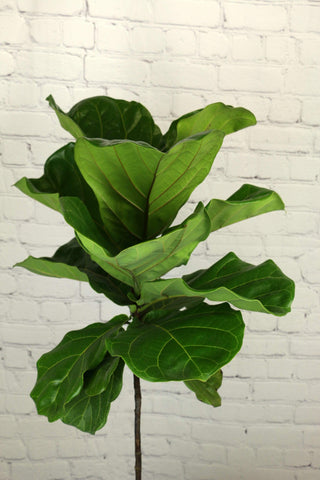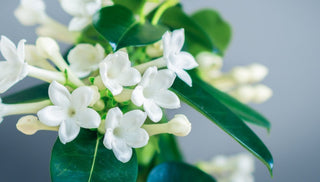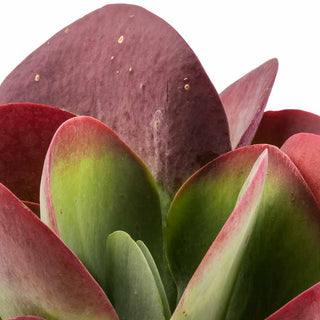☘ Origin: West Africa
☘ Botanical Name: Ficus Lyrata
☘ Family: Mulberry and fig family Moraceae
☘ Common Name: Fiddle Leaf Fig
Symbolism: It is a symbol for wisdom and learning, The Ficus Lyrata reminds us to trust our intuition in order to take advantage of the abundant opportunities coming our way. Its message is one of building upon the past and opening up to new insights.
🍃 Shop Your Fiddle Leaf Fig Today!
🔆 Light
Grows best with consistent, indirect bright light. Give your plant a turn every few days to expose all sides to light for even growth from all sides. Rotate the plant every few months once it begins to lean towards the light.
💧 Water
Water when the top 50%-75% of the soil becomes dry, then thoroughly drench until the water drains into the saucer. Empty the saucer if the water level is high so as not to drown the roots.
To give your plant the absolute best, room-temperature rainwater and bottled spring water are your best options. Any water containing sugar or salt will hurt your plant!
☁️ Humidity
As a native to the tropics, Fiddle Leaf Figs thrive in warm, wet conditions. Mist the leaves to increase humidity around your plant, especially in the drier winter months using filtered-water.
🌡️ Temperature
Fiddle Leaf Fig enjoys warmer temperatures, but adapts easily to your home or office climate. However, it does not like cold drafts, so make sure you seal up drafty areas before situating your fig.
🧴️ Food
For best results, feed once during the spring and monthly throughout the summer. Over-fertilization can cause the Fiddle Leaf Fig to grow leggy and can even kill it. A little bit of food will go a long way to encourage growth and root health. No fertilizer is necessary during the winter when plant growth naturally slows.
🐾 Toxicity
Mildly toxic to humans and pets. Ingestion will cause mouth and stomach irritation and possible vomiting.
➕ Additional Tips
Large leaves can collect dust. If you notice the leaves are dirty or dusty, wipe them with a damp cloth and gently dry to keep them clean and healthy. You can also add a teaspoon of dishwashing detergent to one gallon of water as a precaution against insects. Fiddle Leaf Figs do not like to be moved, if necessary to move your plant, be prepared for some leaf drop until it is acclimated again in approximately 2-3 weeks.



